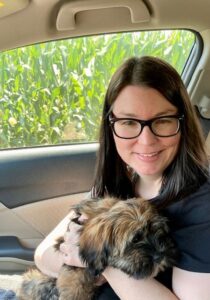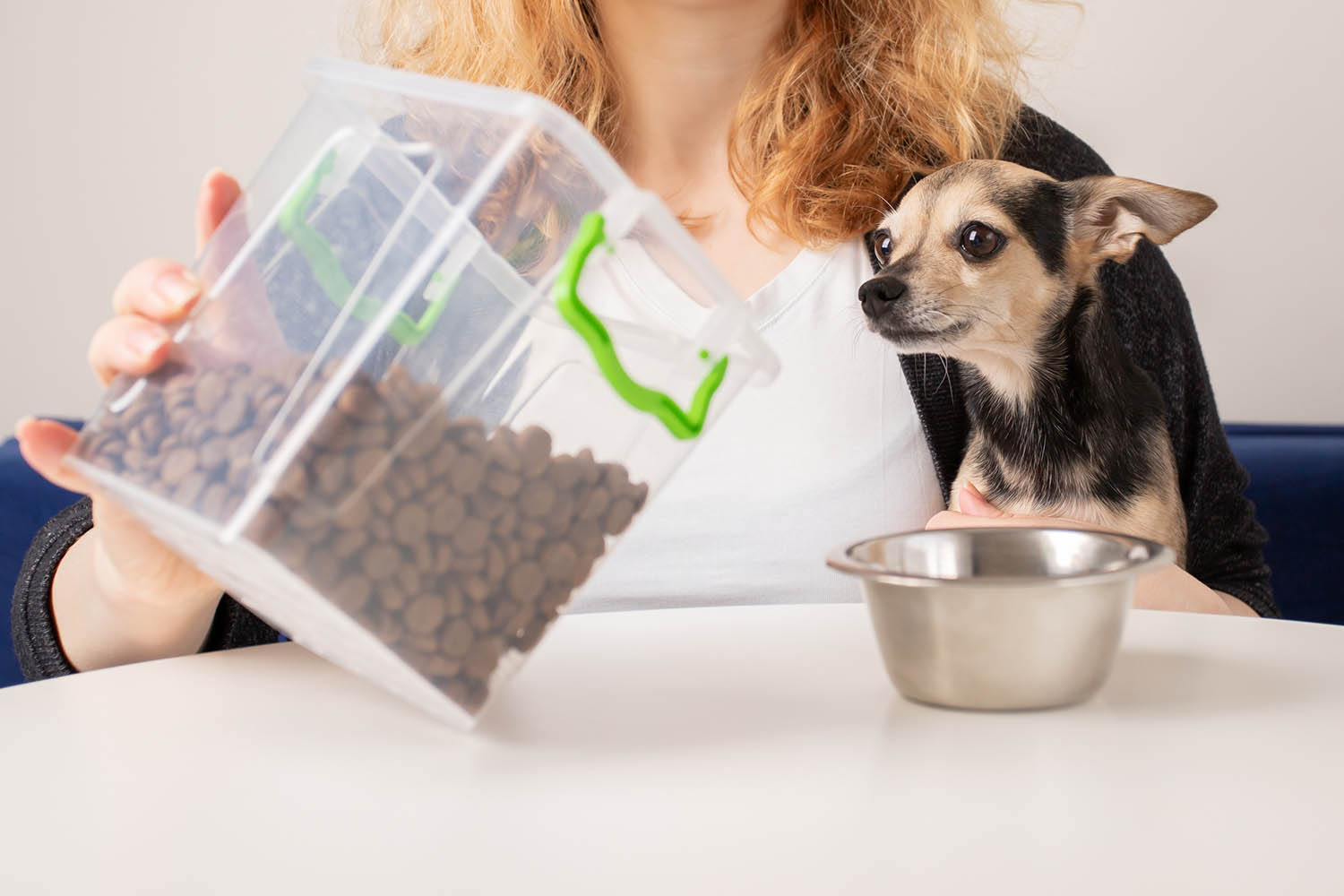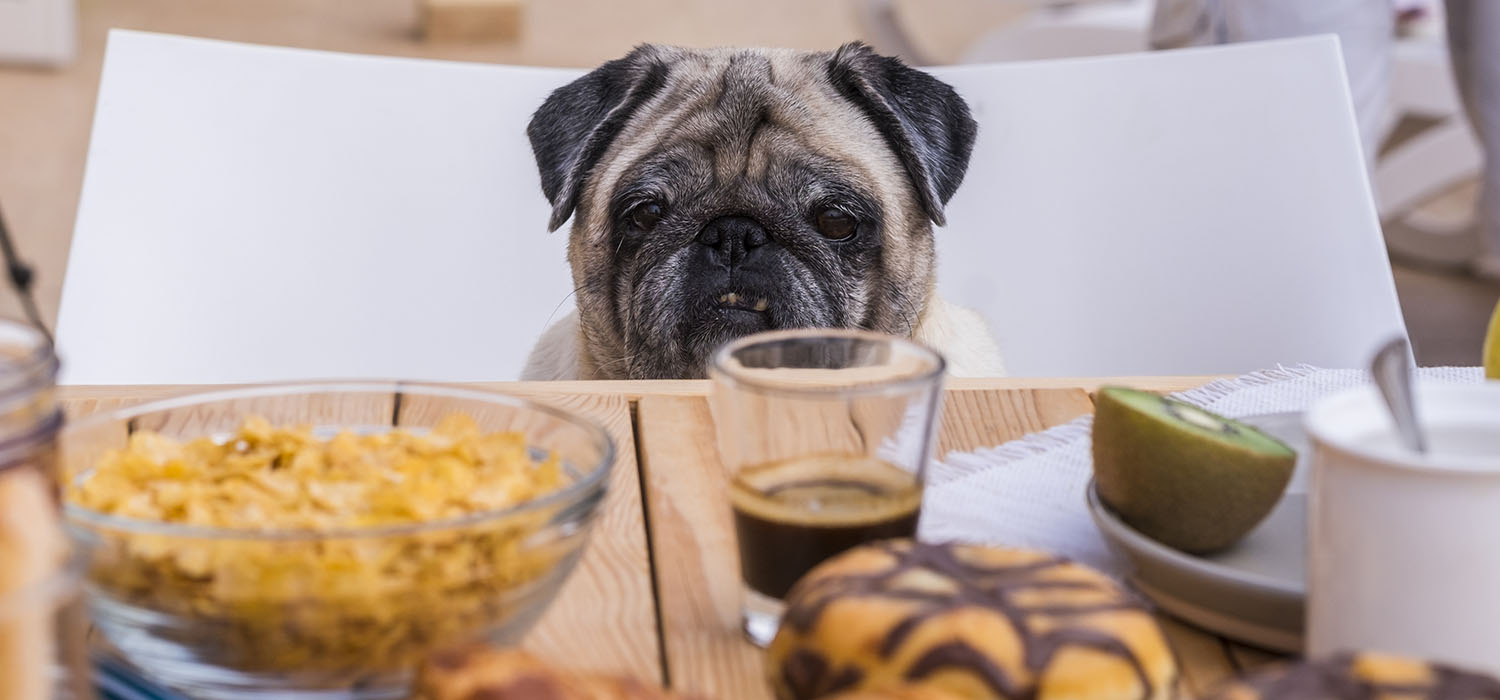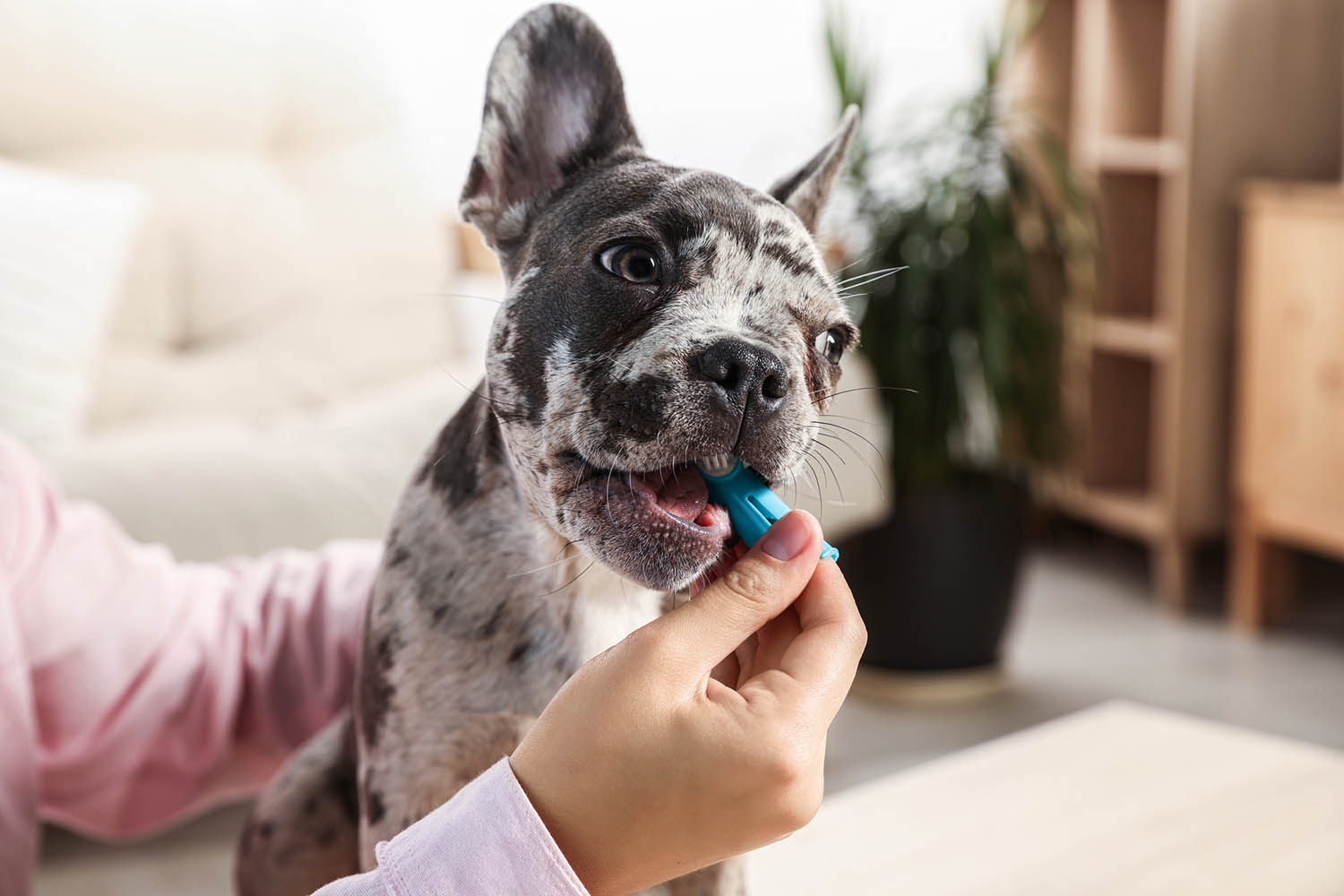By Savonne Caughey, Senior Director of Advocacy and Government Relations

After years of pet-sitting for nearby family members and wanting a dog of my own, I finally reached the point in my life where I was ready to take the plunge as an adult pet owner. I did not make this decision lightly or without careful research and planning, as I knew getting a puppy would completely upend my boring routine of watching way too many competition reality shows and sleeping in on the weekends.
On July 27, I brought home a 13-week-old Havashu puppy named Pudge, whose namesake is one of my favorite Texas Rangers.
Although I grew up with companion animals, I haven’t had a pet since I was in high school. Gone are the olden days of bringing home a puppy on a whim in a cardboard box with just food and a leash, and potty-training using newspaper.
In the words of Gabby Pascuzzi (Survivor: David vs Goliath), “Hope is not a strategy.” As such, I purchased several books, watched numerous training videos, sought out reliable veterinary and nutrition sites, and read the subreddit Puppy101 religiously to prepare for Pudge’s arrival. There are so many ways to prep for a puppy, but here are the top considerations that I found to be helpful in the first month of puppy ownership.
Puppy-Proofing

Before bringing Pudge home, I read up on how to keep pets safe at home. I cleaned my living space, put away all shoes and clothes, installed safety covers on all electric outlets and child-proof locks on all cabinets and placed waterproof covers on my couch.
After going sugar-free four years ago, I had a lot of food products in my pantry with sugar substitutes as ingredients. Because the Pet Food Institute (PFI) is a supporter of the Paws Off Act (H.R. 617), I knew the artificial sweetener Xylitol is highly toxic and can be fatal if consumed by dogs. So, I threw out all products with that ingredient, just to be on the safe side.
I also read up on other human foods that may be dangerous for dogs, and I got an exercise pen to keep Pudge confined and out of the kitchen area during meal prep—an added measure to avoid him accidentally ingesting any hazardous spills or dropped food while I’m cooking.
Finally, I did one last look through my home from a dog’s-eye view, low to the ground. Whoops! One thing I missed at human eye level – electrical cords behind furniture that are reachable by a crawling puppy.
I ordered cord covers and put them on everything. But Pudge thought wire covers made excellent chew toys. So, I ordered bitter apple spray, but this only worked for about two days. That was long enough to learn I had to watch him like a hawk and redirect him repeatedly from any potential dangers.
Veterinary Care
If you choose to get pet insurance, please note that there is a waiting period before it kicks in, so getting it set up ahead of time or for the day you bring your puppy home will be helpful to ensure coverage begins as soon as possible.
It is recommended that you take your puppy in for its first health check within 2-3 days of bringing it home, so any existing health issues can be diagnosed and addressed, and to ensure that vaccinations are administered on schedule.
Set up an appointment in advance if you can, as to avoid any delays in seeing a vet. I came prepared with a list of questions to ask the vet, including whether Pudge was at a healthy weight for his age, his caloric needs for his size and what additional shots are typically required by dog daycares—which include the Canine Influenza and Leptospirosis vaccines.
Puppy Nutrition and Exercise

Like many Gen Xers, our animal companions back in the day were independent, latchkey pets. We’d let them roam free on our property in the country, provided very little training beyond housebreaking and learning “sit” and “stay,” and had no worries about feeding them table scraps along with whatever pet food was on sale that month.
Nowadays, a lot more is known about pet nutrition and animal behavior and needs.
Armed with feeding and treating tips from PFI and reputable sources like the American Veterinary Medical Association (AVMA), I knew I needed to select a pet food that provides a complete and balanced diet. Since Pudge is a small breed puppy, I picked an age and breed appropriate pet food for him, along with some puppy training treats.
I’m finding that a combination of praise and providing toys along with treats is helping to keep his training on track without overfeeding him.
Now that we can have his paws on the ground outside, we are taking a couple of short walks around the neighborhood each day, taking care not to overexercise Pudge and to ensure he has plenty of water. Some days, he’s happy to trot around the block multiple times; other days he just wants to do his business, then refuses to move until he knows we’re heading back inside as quickly as possible. On those occasions, we play inside with some mental and light physical activity to keep him active.
Potty Training

Understanding the vaccination schedule is incredibly important, not only for the health and safety of your puppy, but to inform you on when the puppy can start going outside to potty.
Due to Parvovirus concerns depending on geographic area, some vets recommend waiting 7-10 days after the third round of shots before letting a puppy’s paws touch the ground outside. So, you may need to have an alternative potty-training plan in the meantime.
Since I live in a pet-friendly building with no access to a private yard, I set up an artificial turf potty inside for the first few weeks while waiting for vaccinations. This worked well as a temporary bridge to potty training, as Pudge learned there’s a specific place to do his business and the “go potty” cue.
However, I didn’t wait to take Pudge outside to experience his surroundings. I bought a sling to carry him and get him used to seeing the sights and sounds of our neighborhood. Yes, Pudge was briefly a purse dog before he was fully vaccinated!
Now that we can go outside, I put away the turf patch and set my phone alarm for frequent potty breaks to try to avoid accidents. In between, I’m training him to use bells to alert when he needs to go outside. So far, he just likes the sound of the bells and chewing on them. But we’re making progress, and it’s been several days without any accidents (if you don’t count a phantom dribble in the elevator). I count that as a human training lesson learned: pick up the puppy in the morning and carry him out until he gets used to waiting to go outside!
Self-Care
Now that I have a puppy, I’ve traded my own day-to-day anxieties about work and personal life for worries about Pudge. “Am I a good owner? Why does he keep biting my ankles? Am I a terrible trainer doomed to have a naughty dog forever? Should I have gotten up in the middle of the night to take him out twice instead of just once? Am I giving him enough care and providing enough fun? Does that high-pitched whine mean he needs a bathroom break or is he just bored? Am I going to create separation anxiety by putting him in a pen while I cook?”
And on and on.
I have had to take a step back, close out the Puppy101 site and give myself a break literally and figuratively. The best advice I received was that enforced naps were a blessing. Puppies need an enormous amount of sleep while they are growing, but they don’t have the ability to self-regulate just yet. Enforced naps are not only beneficial for overtired or overstimulated puppies but are also a time for overwhelmed pet owners to catch up on their own rest, chores or basic needs like eating, showering or their own bathroom breaks without watchful puppy eyes. This allowed me to be less addled and stressed and helped me refocus on enjoying Pudge’s puppyhood.
To be frank, I went a little overboard in preparing for and purchasing all the things that I thought were needed on Day One for every situation that could possibly arise with a new puppy. There are so many “new puppy shopping lists” out there, and I now have a pile of discarded “fails” in my closet that can’t be returned and will likely be donated to a shelter soon.
There’s also a pile of “maybe when he’s old enough not to destroy” items in there, as well. Get the basics (including collar/harness, leash, food and water bowls, nutritious food, a few puppy toys, enzyme cleaner and a crate or exercise pen), and call it good enough. As circumstances arise, you can always order online anything else you need!
Boxer Mike Tyson once said, “Everybody has plans until they get hit for the first time.” You can read all the books and online advice, watch all the YouTube dog training videos and think you’re ready for every scenario. Then you get bit on the ankle in public and must try not to cuss in front of small children. Not every puppy can be trained “in two short weeks,” so be prepared for small hurdles and setbacks.
Remember to take joy in the small wins achieved, even if it’s just not getting nipped for a whole day or taking a nap while your puppy snoozes across the room. Pet ownership, especially a puppy, is a lot of work, but it is worth every minute. When that little furball wakes up and launches himself into my lap, I feel like the Texas Rangers won another World Series!



